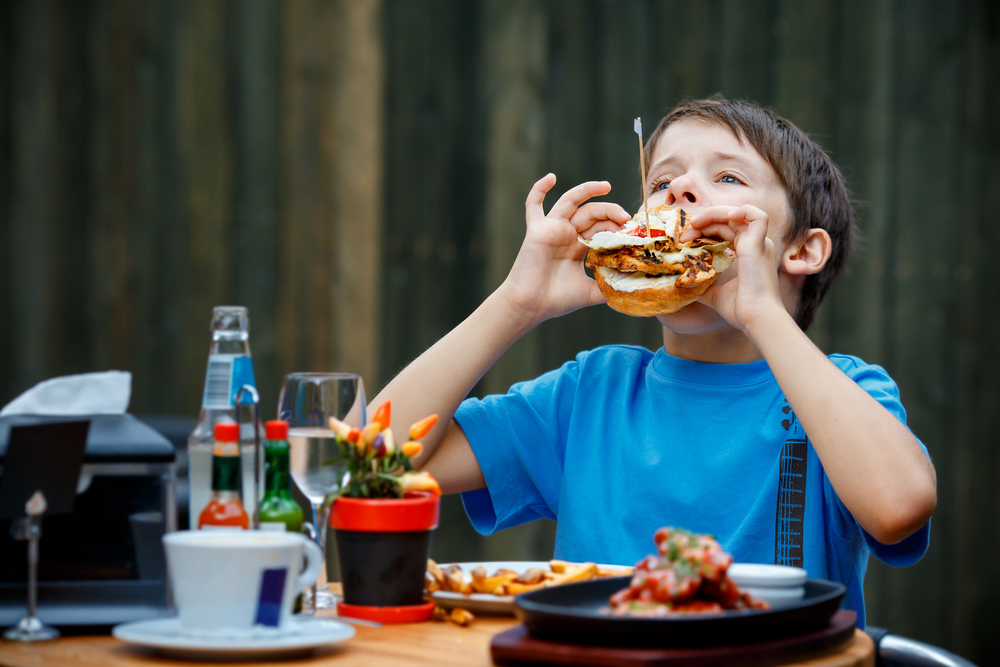Yoga has been around for more than 5,000 years. While it’s foundation was originally rooted in spiritual and meditative rituals, yoga has evolved over the years into an excellent form of exercise, both physically and mentally. It focuses on the mind-body connection using a combination of strengthening poses, deep stretching and breathing, and relaxation techniques. It’s grown so much there are now more than 100 different variations of yoga, including everything from challenging power yoga to a gentle restorative approach. You can burn some serious calories, tone your muscles, and/or gain a sense of mindfulness. Whatever your goal is, there is a yoga class to match it.

One of the newest yoga trends on the scene is candlelight yoga. As it’s name suggests, this form of yoga usually takes place in the evening in a darkened room with candles around the perimeter. Quiet music is usually playing in the background to create a calm, inviting ambience. While it can still tone your muscles and tighten up your abs, this form of yoga is different than bikram, vinyasa flow, or power yoga. Usually a 75 minute session, it’s focus is on relaxation and stretching. Instead of being an invigorating, high energy practice, candlelight yoga is geared toward preparing your mind and body for rest and a peaceful night’s sleep. It combines yin yoga, which incorporates holds and twists that may last up to five minutes, and restorative yoga, which uses props and bolsters to support restful, healing poses. Using props provides added balance and support, allowing the body to more fully relax and release any tension. Mindfulness is encouraged in candlelight yoga, and the poses are focused on stretching rather than strengthening. This combination of candlelight, deep stretching, and breathing techniques calms your nervous system and quiets the mind. You’ll leave class feeling soothed, peaceful, and ready to let your body fully rest.
Classes are popping up across the country and around the world. However, you don’t have to go to a gym or studio to experience candlelight yoga. You can do it in your own home with the same benefit as long as you dedicate the time and space and are committed to the goal of quiet, peaceful relaxation. If you have children or pets, put them to bed first. If you have a partner, he or she can be in the space, but only if they are joining in the practice. As for the actual yoga space, it needs to be in a quiet part of the house without a lot of external noise or light. It needs to have enough free space for your mat and props without feeling crowded. Turn your phone off, or better yet, leave it in the other room so you won’t be tempted to use it. Pull down the blinds, turn the lights off, and light candles around the perimeter of the room, taking care not to put them near flammable fabrics or surfaces. Turn the tv off and play some quiet, soothing music. With all these items in play, you’ll be set for a truly relaxing yoga session and a restful night’s sleep afterwards.

Whether you have difficulties sleeping or just want a better way to shake off the stress of the day, candlelight yoga is an excellent tool to add to your yoga practice. Deeper stretching, a relaxing environment, and restorative poses can guarantee your body will be more relaxed, restful, and ready for a peaceful slumber.




